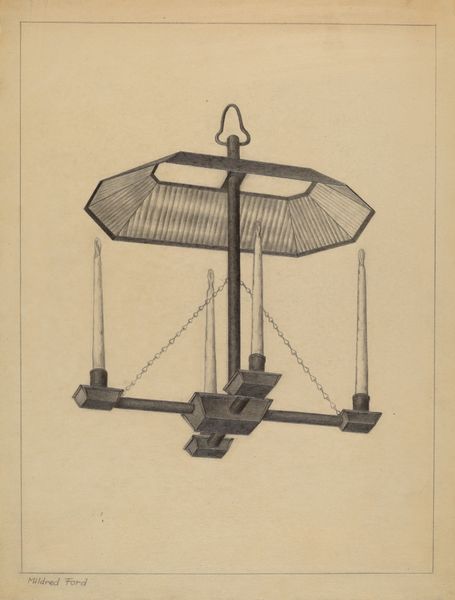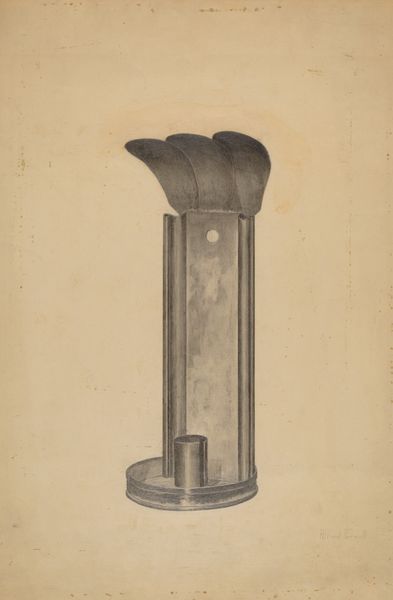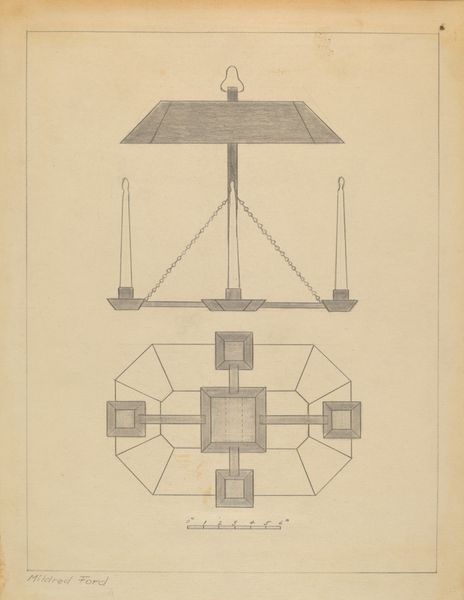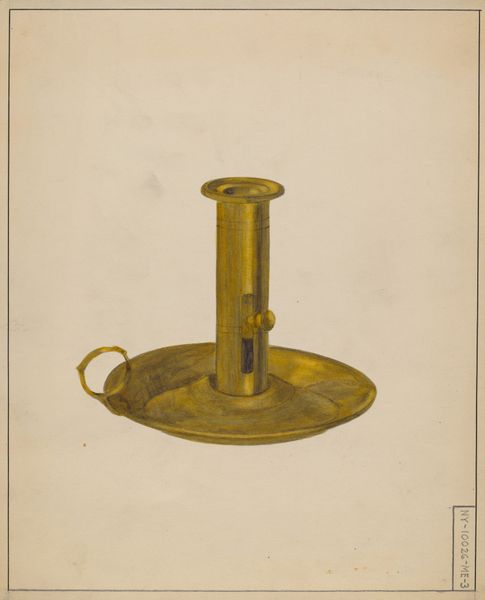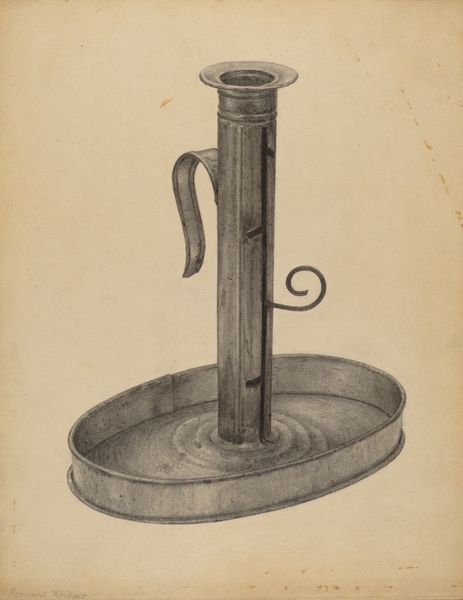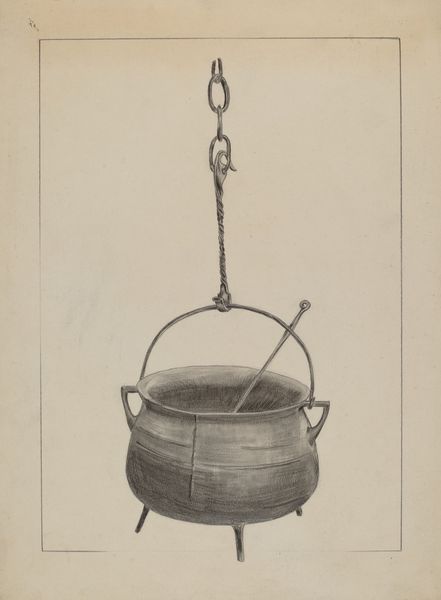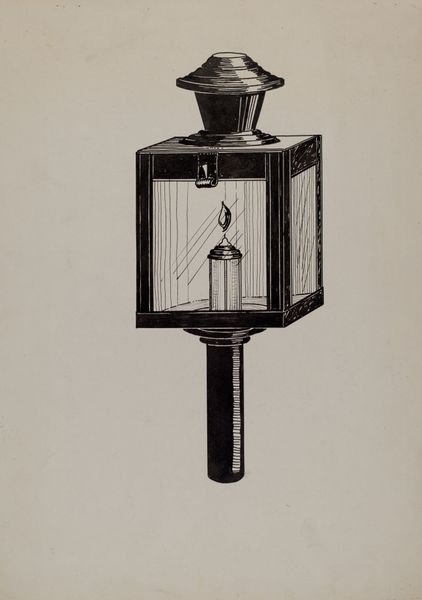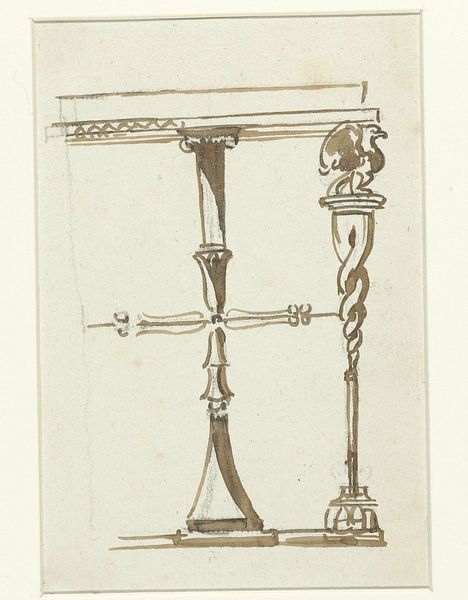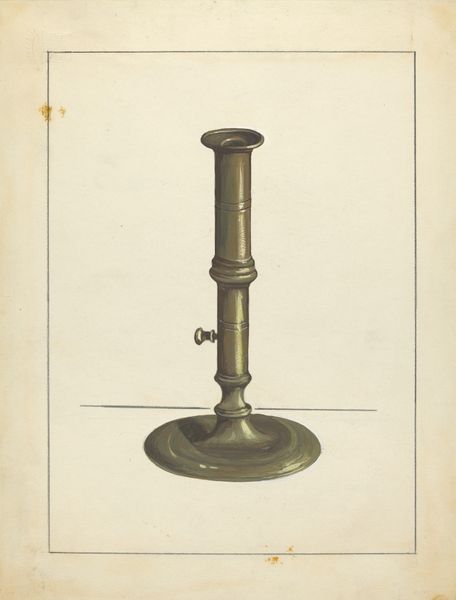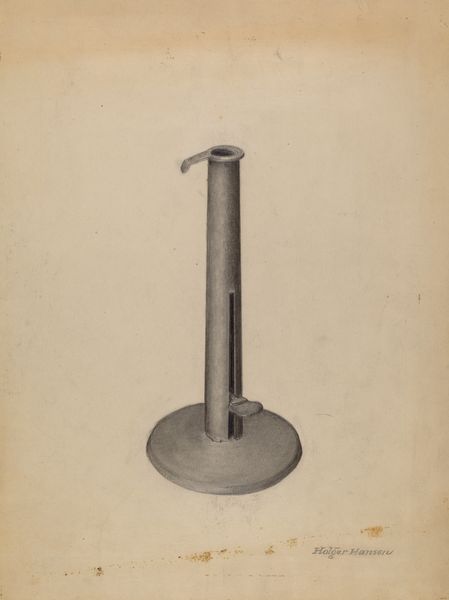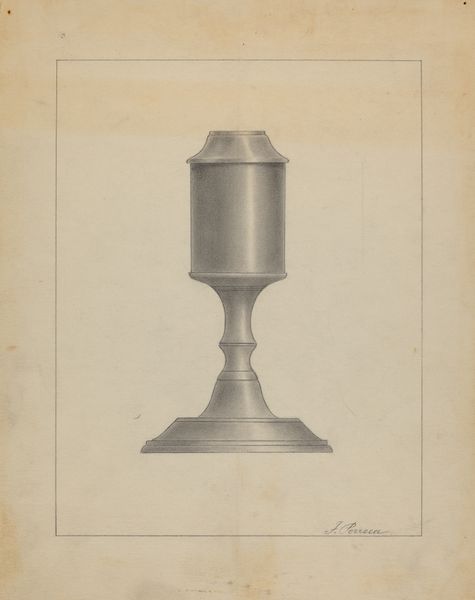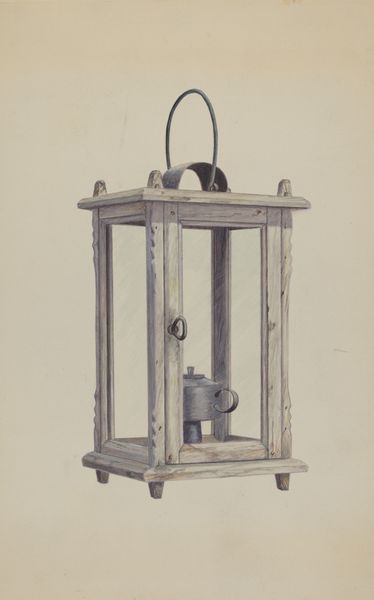
Tavle til: "Vejledning for bonden til at dyrke hør" 1806
0:00
0:00
print, engraving
# print
#
line
#
engraving
Dimensions: 186 mm (height) x 111 mm (width) (plademaal)
Editor: Here we have "Tavle til: "Vejledning for bonden til at dyrke hør"", or "Illustration for: 'Guidance for the farmer to grow flax'" by Gerhard Ludvig Lahde from 1806. It's a simple engraving showing a sort of sieve or basket hanging from a beam. What do you make of this image, given its practical origins? Curator: Immediately, I'm drawn to the balance achieved with such simple forms. This isn't just an image of a tool; it is an emblem of agricultural knowledge being passed down. Note the plate number at the top; consider the tradition of shared understanding embedded within printed illustrations meant to instruct. Do you see the almost diagrammatic clarity, as if offering insight beyond the purely practical? Editor: I do, now that you point it out. It’s interesting that something meant to be so utilitarian also possesses an artistic quality. It almost feels like an emblem or a symbolic representation, instead of a real, functional object. Curator: Precisely. This simple tool—a sifter or strainer, one could imagine it carrying seeds for the future—becomes a visual anchor connecting us to past agrarian societies. Consider flax, and all it symbolizes. Clothing, ship sails, and bandages are tied to flax. So how does seeing this image change how you think about something like linen? Editor: It’s made me think more deeply about how everyday objects can carry so much historical weight and cultural meaning. I never would have guessed such a humble illustration could reveal so much! Curator: Indeed. Images often operate on multiple layers, inviting us to decipher their symbolic language and reconstruct cultural memories.
Comments
No comments
Be the first to comment and join the conversation on the ultimate creative platform.
